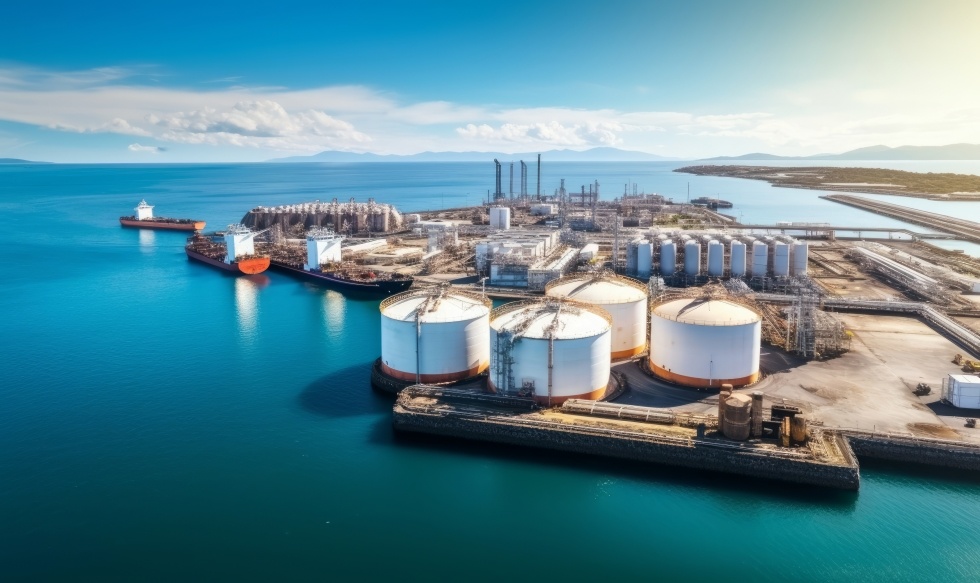Iran Trade: Navigating Exports and Imports in the Middle East
Explore the dynamics of Iran's trade, including essential export and import products, and insights into trading with one of the Middle East's pivotal economies.

The intricate landscape of Iran's trade, regarding exports and imports, offers a fascinating glimpse into the economic heartbeat of one of the Middle East's most pivotal countries. In this article, we dive deep into the essence of Iran's trade, highlighting crude oil exports, a vast array of import products, and the broader context of Middle East trade. Whether you're a seasoned trader or a newcomer pondering exporting to Iran, this article provides valuable insights and statistics to guide your endeavours.
Iran's Position in Global Trade
With its strategic location and abundant natural resources, Iran plays a significant role in the global trade landscape, particularly within the Middle East. In 2022, Iran showcased its economic complexity and trade adaptability despite facing various global challenges.
Key Statistics:
- Economic Complexity Index (ECI): 0.071, ranking 58th out of 124 countries.
- Total Exports: $15.9 billion, with Iran positioned as the 86th largest exporter globally.
- Total Imports: $33.3 billion, making it the 69th largest importer worldwide.
The Pillars of Iran's Exports
Iran's export sector is rich and diversified, underpinned by its significant crude oil reserves and other commodities.
Top Export Products:
- Ethylene Polymers: $2.73 billion
- Refined Copper: $1.02 billion
- Acyclic Alcohols: $997 million
- Raw Aluminium: $894 million
- Petroleum Gas: $595 million
Leading Export Destinations:
- China: $5.72 billion
- Turkey: $3.17 billion
- Kuwait: $960 million
- Pakistan: $762 million
- India: $653 million
In 2022, Iran emerged as the world's largest exporter of sheep and goats, valued at $362 million, indicating its potential in agricultural exports beyond its renowned oil sector.

Iran's Import Landscape
The diversity of Iran's imports reflects its efforts to meet domestic demand and fuel its industries.
Top Import Products:
- Broadcasting Equipment: $3.18 billion
- Corn: $2.29 billion
- Soybeans: $1.63 billion
- Motor Vehicle Parts: $1.21 billion
- Rice: $1.17 billion
Primary Import Sources:
- China: $9.44 billion
- United Arab Emirates: $6.38 billion
- Brazil: $4.3 billion
- Turkey: $2.9 billion
- India: $1.84 billion
Navigating Challenges and Opportunities
Trading with Iran presents a unique set of challenges and opportunities. The country's rich natural resources, particularly in oil and gas, position it as a key player in the energy sector. However, geopolitical tensions and sanctions have historically impacted its trade dynamics, making market access and financial transactions more complex.
Insights for Traders:
- Understanding Iran's trade sanctions and regulatory landscape is crucial for successful trading.
- Diversification in export and import sectors highlights opportunities beyond the traditional focus on crude oil.
- Engaging with Iran's trade requires careful navigation of its economic policies and international agreements.
Embracing Opportunities with Iran
The landscape of Iran's trade is evolving, presenting challenges and opportunities for domestic and international traders. Businesses can navigate the complexities of trading with Iran by leveraging insights into Iran's crude oil exports, diverse import products, and the broader Middle East trade dynamics. As the global economy shifts, staying informed and adaptable will be vital in unlocking the potential of exporting to Iran and beyond.
The Export Portal offers a comprehensive platform for international trade for businesses looking to expand their reach within and beyond the Middle East. Engage with the portal today to explore the vast opportunities in Iran's trade and other global markets.






Comments 0